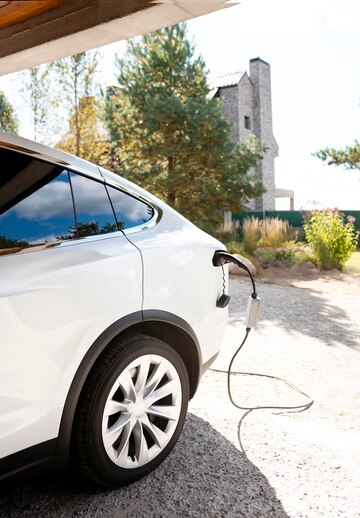In North Europe, countries such as the Netherlands and Sweden have made significant progress in developing their EV charging infrastructure.
The Netherlands boasts one of the densest networks of EV charging stations in Europe, with a significant number of public and semi-public chargers, and is a leader in integrating smart charging solutions. Sweden has a well-developed network of charging stations, focusing on both urban and rural areas, and is investing heavily in fast chargers to support long-distance travel. Denmark, Finland, and Norway also have robust charging networks, with Norway being a global leader in EV adoption and charging infrastructure.
Each of these countries has its unique strengths and challenges in developing EV charging infrastructure, but they all share a common goal of supporting the transition to electric mobility and reducing carbon emissions.












